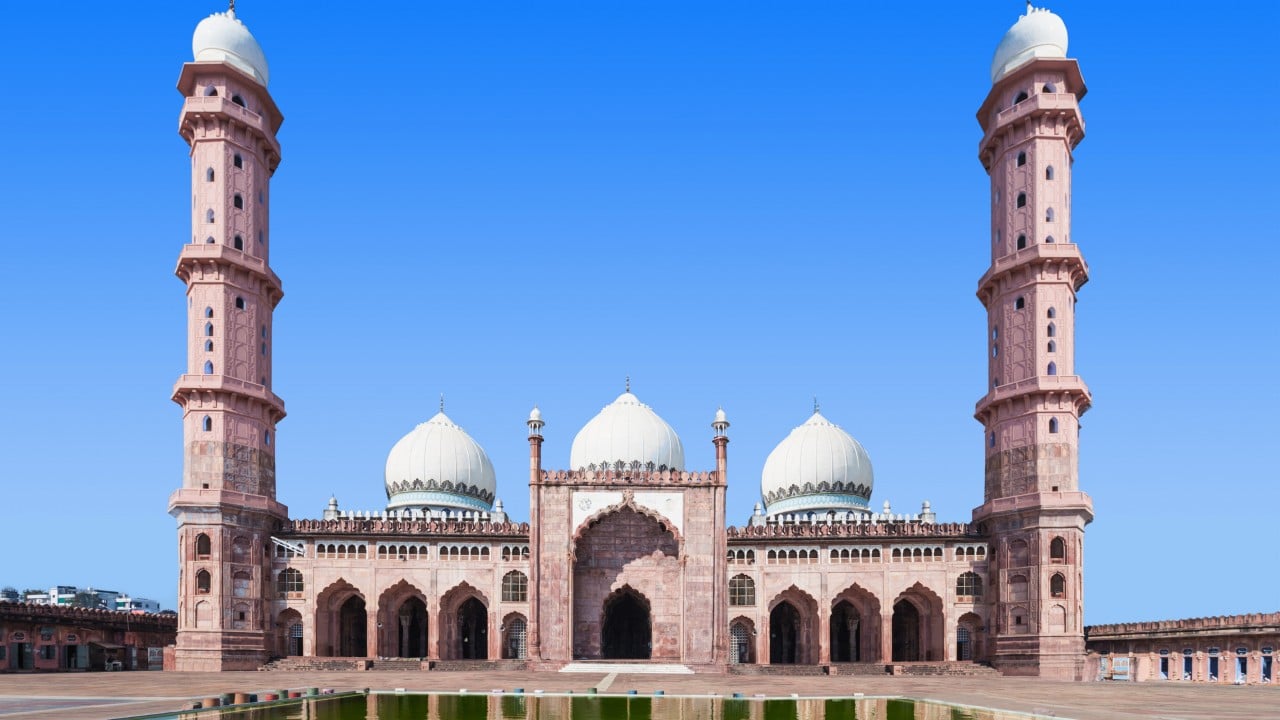“Whatever you see in Bhopal is all done by women. From postal networks to railways and stately buildings, men have nothing to do with it,” says Sikandar Malik, my guide to the Indian city, who is exaggerating, but not by much. “From 1819 to 1926, four women Muslim nawabs (viceroys) ruled over the city with élan and style – promoting art and literature, building schools, colleges and hospitals, and even an exclusive bazaar for women, and promoting a cosmopolitan culture,” says Malik.
They also commissioned the aforementioned infrastructure projects. Bhopal, the “city of lakes”, is the capital of Madhya Pradesh, one of India’s largest states. Most foreigners who have heard of the city associate it only with the gas-leak tragedy of 1984, when as many as 3,780 people died after being exposed to methyl isocyanate that escaped from a Union Carbide India pesticide factory.

The city has moved on, however, and today offers travellers a rich mix of heritage and history. Bhopal is fringed by hills and built around artificial lakes constructed more than 1,000 years ago by central Indian ruler Raja Bhoj (the city’s name derives from , meaning “Bhoj’s dam”). It was founded in the 18th century by one of Mughal emperor Aurangzeb’s Afghan soldiers, Dost Mohammed Khan, who took advantage of the chaos that followed Aurangzeb’s death in 1707 and established a small kingdom based on what had been just a small village.
It wasn’t until the following century, though, .
















